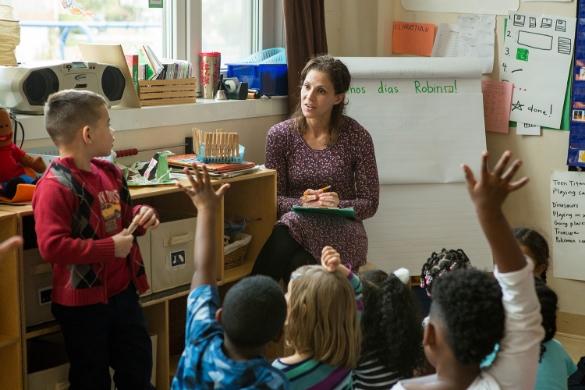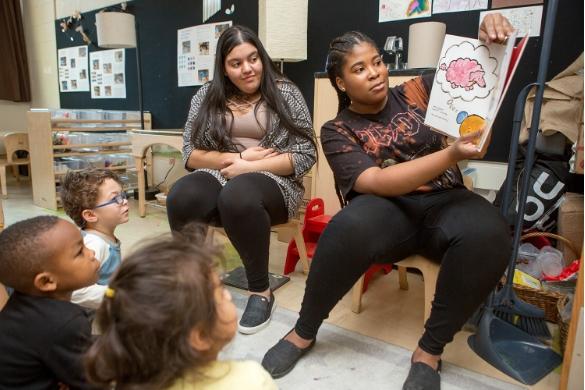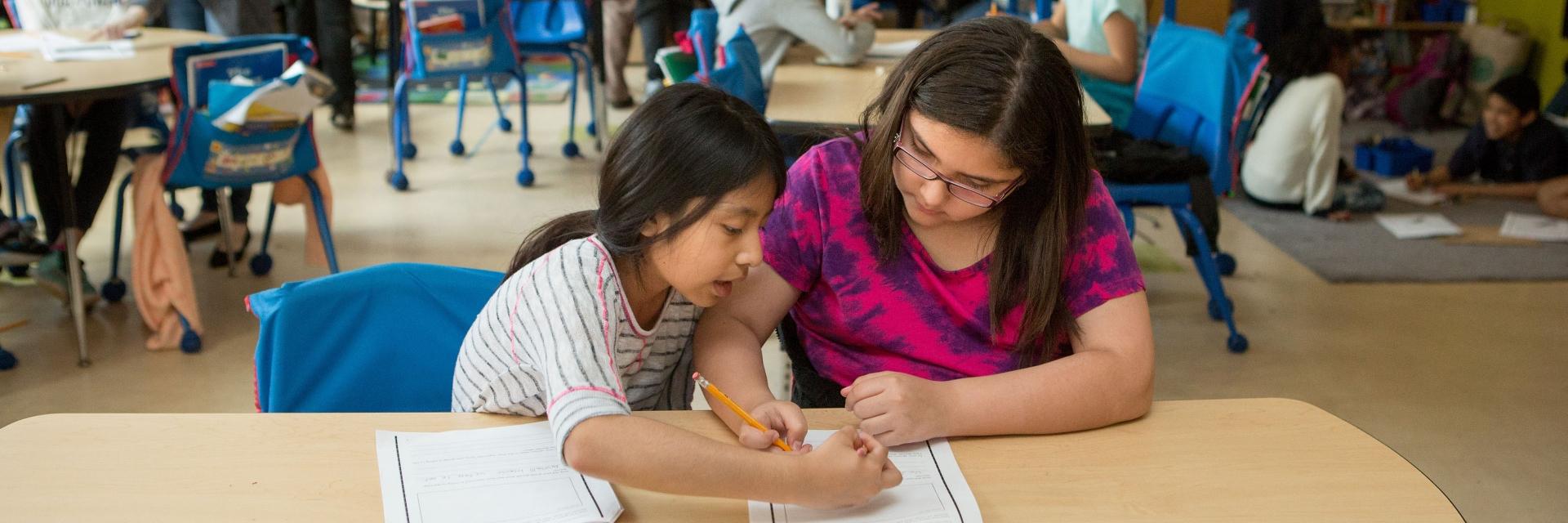Creating responsive learning spaces: leveraging students’ voices and assets

Driving Question
"How can teachers leverage students' assets to promote culturally and linguistically responsive learning spaces?"

Overall Learning Goal
For candidates to collaboratively design a learning space to address a student-driven equity challenge.

Responsive Spaces Module Overview
This module primarily focuses on the "think critically"competency, in addition to "communicate effectively" and "work collaboratively".
It helps candidates consider how to promote culturally and linguistically responsive learning spaces.
![]()
![]()
![]()
Faculty/instructors who are integrating this module into their courses can have students access the materials directly here on this website, or view it within the Canvas Free for Teachers course platform.
This site contains all of the core module material, but the Canvas version provides more directions, sequencing, and additional resources like supplemental classroom video examples and transcript files. Note that when students are watching the included videos, they can also use built-in transcript/closed captioning features.
Note that we've also included a faculty guide to support your planning. We welcome you to access this free, open-source module to enrich your teaching and address this important aspect of deeper learning!
Section 1
Building Awareness and Defining Culturally Responsive Education
Candidates engage in reflective learning activities as they define culturally and linguistically responsive education (CLRE) and cultural lens - and examine their own cultural lens.
Section 2
Getting to Know Your Students and Equity Challenges Within Learning Spaces
Candidates define learning spaces, examine research on learning spaces and equity, and engage in a learning spaces activity that integrates student voice.
Section 3
Exploring an Equitable Design Process
Candidates explore the Equitable Design Process and prepare to apply it in a P-12 classroom.
Resources
Section 4
Improving Our Learning Space Through an Equitable Design Process
CORE ACTIVITY
Candidates implement an Equitable Design Process in a P-12 classroom alongside a small group of students from their learning context and create a prototype.